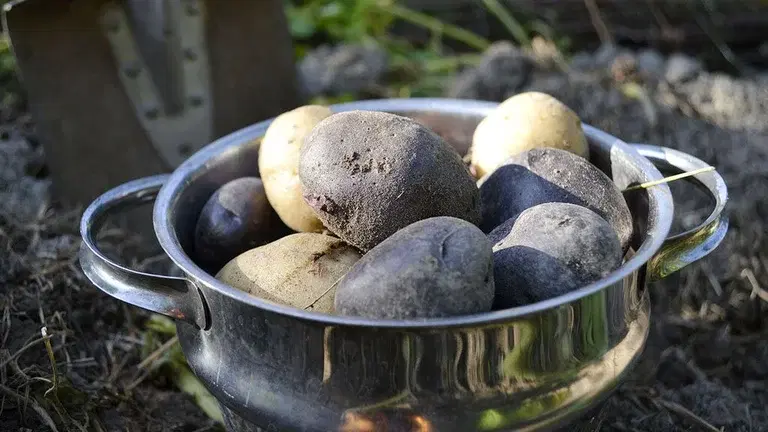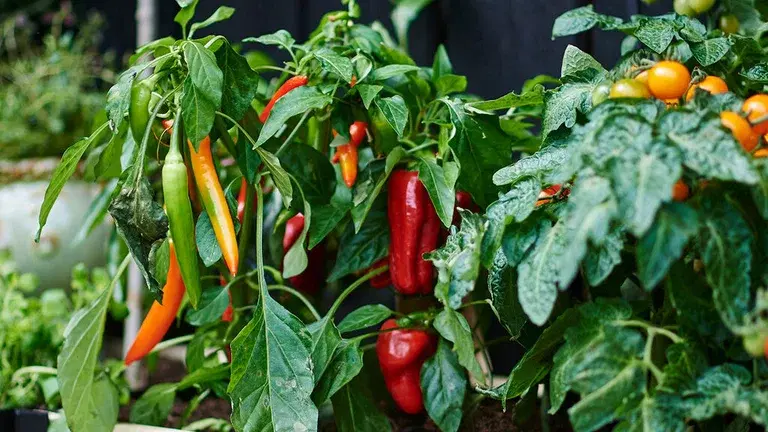Italian herbs
If you like to cook Italian food, it might be a good idea to have traditional Italian herbs available. Italians like to add flavor to their food and they do that best by using different herbs. Of course, it's easier in Italy, when the climate means that herbs can practically grow right outside, but now you can get traditional, fresh herbs from Italy in our stores.

Spices add character and personality
Herbs can be used in many areas and often have the task of giving food character and personality. The herbs are cleaned of coarse stems and the leaves are cut or chopped just before use and mixed into the food. Many herbs lose their flavor when cooked, and should therefore be added just before serving. Herbs have been used since the dawn of time, where leaves, stems or flowers are used for food or medicine. Dill, parsley and chives were for many years the most common in this country, but many other exciting herbs have gradually become everyday spices for us Norwegians.
Herbs contain vitamin C, folate, calcium, magnesium, copper and dietary fiber. However, relatively small amounts are used in cooking and therefore their importance is small.
Herbs in Italian cuisine
- Oregano
Oregano is the same as wild marjoram and in Norwegian it is called mountain mint. Oregano has a stronger flavor than marjoram, and we Norwegians use much more oregano than marjoram. Oregano is one of the well-known and important herbs in Italian cuisine. It is often used in pizza and pasta dishes, often in combination with cheese and tomato. The strong flavor makes it perfect for tomato and pasta dishes. It is also good for dishes with poultry.
- Rosemary
Rosemary is a perennial plant with leaves that resemble pine needles. The leaves contain essential oils and bitter substances that give a sweet and slightly bitter flavor reminiscent of camphor. Rosemary has been used as a medicine and sacred herb for thousands of years. Today it is a classic for roast lamb and goes very well with fish and game dishes. It also gives a good flavor to grilled meat or dishes with potatoes. A good tip is to use rosemary sprigs as meat sticks, as it will give the meat an extra good flavor. Rosemary has an intense scent and is a versatile herb that you can use for most things. Rosemary is also available on the stem. It is beautiful and decorative, and you just pick it straight from the plant and add it to your food.
- Thyme
Thyme grows wild in all the countries around the Mediterranean, and is a classic in southern cuisine - where it is often used in dishes with lamb. The whole plant smells good and is very useful as a spice and tea. The small thyme leaves have a very strong and penetrating taste, and they are used in many dishes - such as soup, sausage and for marinating meat. Thyme has beautiful pink/purple flowers throughout the summer. When it blooms, thyme is like a magnet for bees and butterflies, which are attracted by the tempting nectar. Thyme is suitable for drying.
- Sage
Sage has a slightly bitter, strongly spicy taste. It is the young, gray-green leaves that are used as a herb. Sage is also one of the herbs that is practically indispensable in Italian cuisine, and it is a very important ingredient in the classic Italian dish "Saltimbocca á la Romana" and in the dish "Ravioli al plin" from Piedmontese cuisine (ravioli with butter and sage). Sage has also been known throughout history for its medicinal properties against sore throats, indigestion, and stomach aches.
Read more:
You are here:













